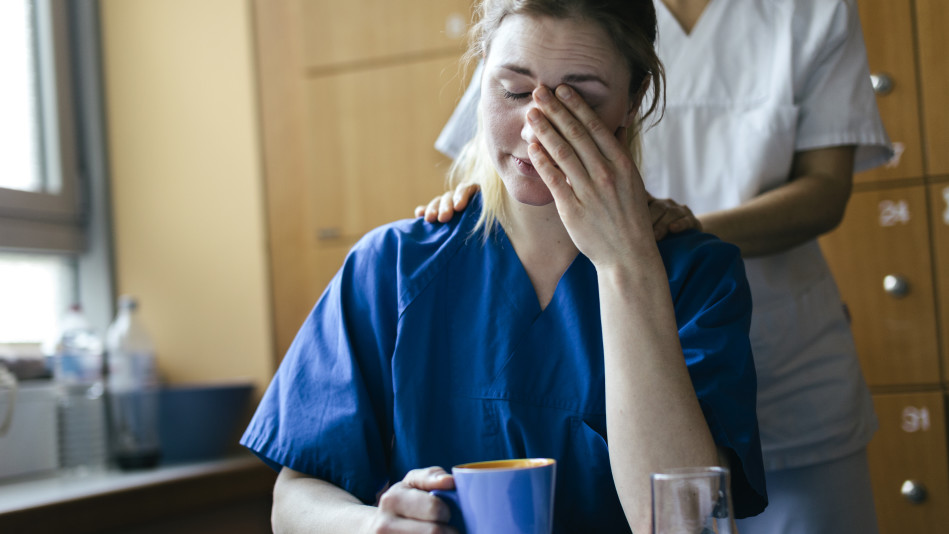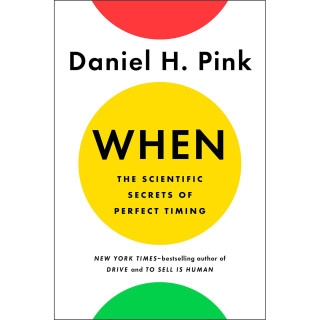Why 2:55 P.M. Is the Worst Time of Day
The best-selling author of When explains why you should never have surgery midafternoon—and how we can all avoid the dreaded daily slump.

Photo: Hinterhaus Productions/Getty Images
Afternoons are the Bermuda Triangles of our days. Across many domains, the "trough" between early afternoon and midafternoon represents a danger zone for productivity, ethics and health. Anesthesia is one example. Researchers at Duke Medical Center reviewed about 90,000 surgeries at the hospital and identified what they called "anesthetic adverse events"—either mistakes anesthesiologists made, harm they caused to patients, or both. They discovered that the probability of a problem at 9 a.m. was about 1 percent. By 4 p.m., it was 4.2 percent. In other words, the chance of something going awry was four times greater in the midafternoon than in the morning. For actual harm (not only a slipup but something that hurts the patient), the probability at 8 a.m. was 0.3 percent. But at 3 p.m., the probability was 1 percent—a threefold increase.
Consider colonoscopies. I've reached the age where prudence calls for submitting to this procedure. But now that I've read the research, I would never accept an appointment later than noon. One oft-cited study of more than 1,000 colonoscopies found that endoscopists are less likely to detect polyps—small growths on the colon—as the day progresses. Every hour that passed resulted in a nearly 5 percent reduction in polyp detection. Some of the specific morning versus afternoon differences were stark. For instance, at 11 a.m., doctors found an average of more than 1.1 polyps in every exam. By 2 p.m., they were detecting barely half that number even though afternoon patients were no different from the morning ones.
Look at those numbers and tell me when you'd schedule a colonoscopy.
What's going on is a decline in vigilance. The consequences are grave. For instance, one 2015 study of nearly three dozen U.S. hospitals showed a dramatic decline in handwashing during the afternoon—a drop they said would "contribute to approximately 7,500 unnecessary infections per year at an annual cost of approximately $150 million across the 34 hospitals included in this study." Spread this rate across annual hospital admissions in the United States, and the cost is massive: 600,000 unnecessary infections, $12.5 billion in added costs and up to 35,000 unnecessary deaths.
Afternoons can be deadly beyond the white walls of a hospital. In the United Kingdom, sleep-related vehicle accidents peak twice during every 24-hour period. One is between 2 a.m. and 6 a.m., the middle of the night. The other is between 2 p.m. and 4 p.m., the middle of the afternoon. Researchers have found the same pattern of traffic accidents in the United States, Israel, Finland, France and other countries.
One British survey got even more precise when it found that the typical worker reaches the most unproductive moment of the day at 2:55 p.m. It's the time when we often lose our bearings.
The good news is that "vigilance breaks" can make a difference. Regular mandatory breaks help us regain the focus needed for challenging work that must be done in the afternoon.
This simple intervention is backed by heartening evidence. The largest health care system in the United States is the Veterans Health Administration, which operates about 170 hospitals across the country. In response to the persistence of medical errors (many of which occurred in the afternoon), a team of physicians implemented a comprehensive training system built around the concept of more intentional and more frequent breaks. One year after the training began, the surgical mortality rate dropped 18 percent.
For most of us, work doesn't involve life-and-death decisions. Still, restorative breaks offer a simple way for all of us to navigate that most dangerous part of the day.
 From When: The Scientific Secrets of Perfect Timing, by Daniel H. Pink, published by Riverhead Books, an imprint of Penguin Publishing Group, a division of Penguin Random House, LLC. Copyright © 2018 by Daniel H. Pink.
From When: The Scientific Secrets of Perfect Timing, by Daniel H. Pink, published by Riverhead Books, an imprint of Penguin Publishing Group, a division of Penguin Random House, LLC. Copyright © 2018 by Daniel H. Pink.



